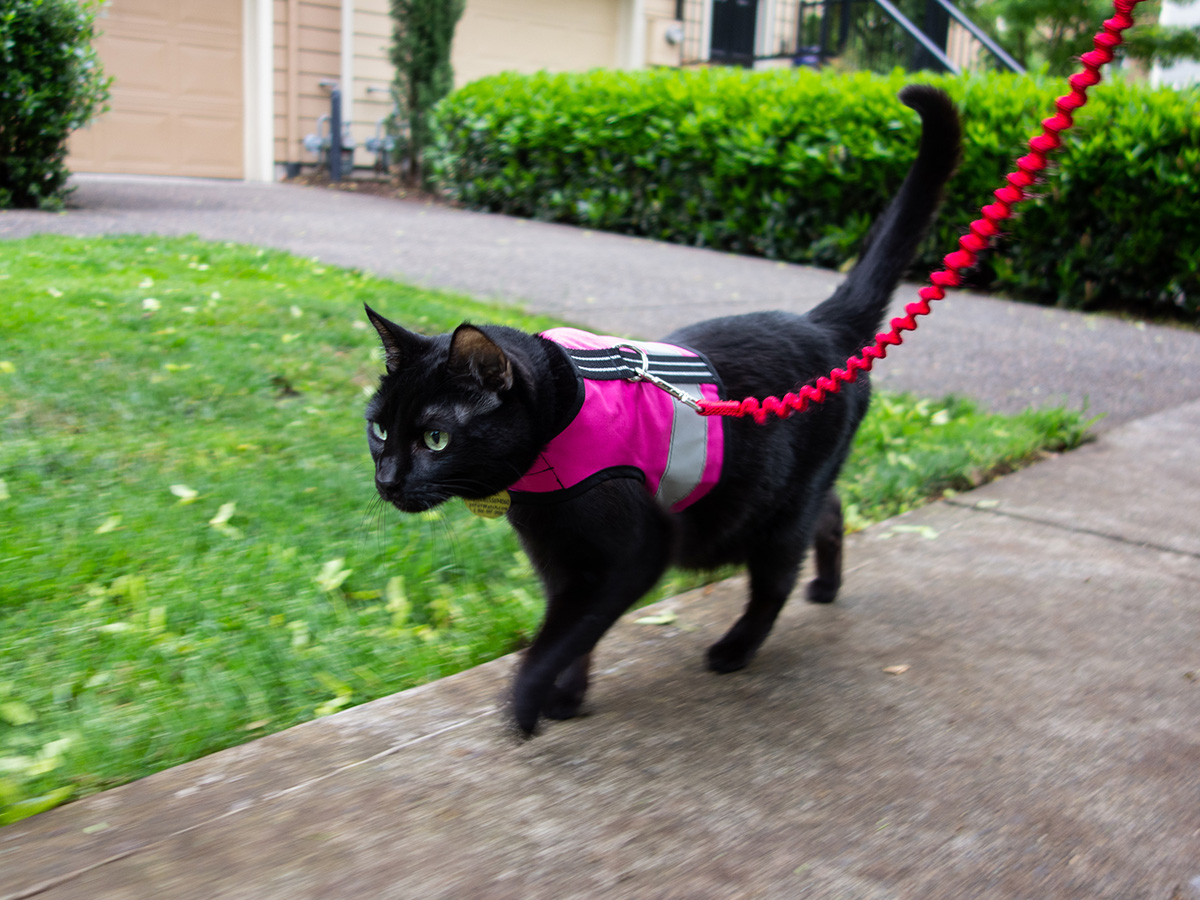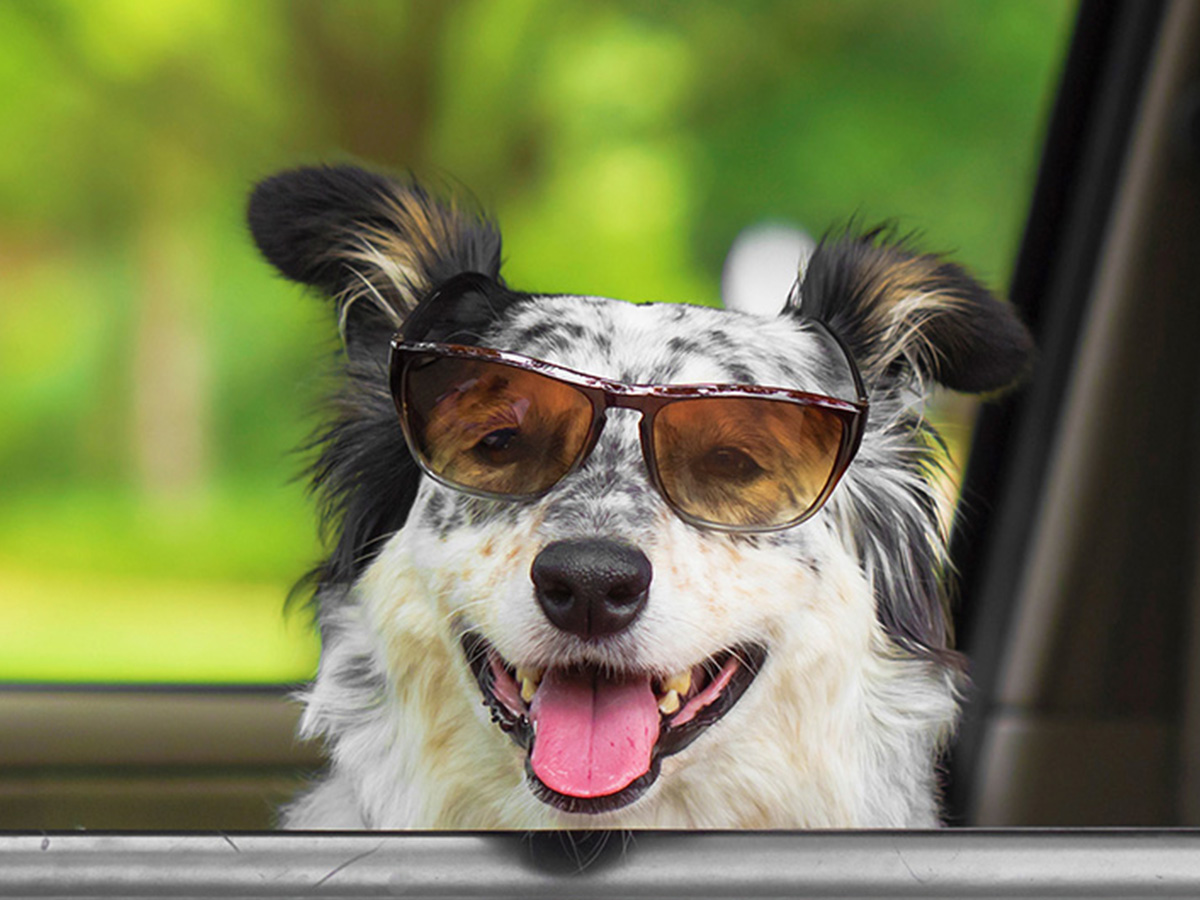By Talandor Elias
Movement and exercise are critical to the health and well-being of any pet, regardless of species or age. Just like humans, when pets don’t get enough exercise, they can experience weight gain, anxiety, boredom, depression, and health issues related to sedentary living.
Dogs, with their love of outdoor activities and abundance of energy are most in need of a consistent exercise plan. Many people simply take their pup(s) for a stroll, and that checks all the boxes, but if a walk isn’t possible, there are plenty of other activities to keep your dog fit and healthy. You can try tug of war (keep it short, to preserve your pup’s teeth and your arm), indoor/outdoor fetch, puzzles and games, hide and seek, or obedience drills. Any of these will give your dog the chance to get moving and stimulate mental interest, which will help prevent undesirable activities like shredding the sofa or barking at anything that moves.
Cats need mental stimulation, too, to help prevent behavioral and emotional issues. Although they spend much of their day sleeping, exercise can help them stay healthy physically and mentally. Cat toys and feather sticks abound at most pet stores, or you can make your own! Cats are most active at dawn and dusk, so these are ideal times to initiate playtime. If your cat isn’t interested in playing, for whatever reason, don’t push, because they’ll likely be more interested at a later time. If your cat is up for a romp, it’s best to keep playtime to 10-15 minutes to prevent boredom or overstimulation, and don’t use your hands as toys because your cat (and their claws) will almost always be faster than you are.
Some cats enjoy going outdoors for walks, so if your cat is one of these rare felines, be sure to use a harness and leash designed for walking a cat and make sure your cat is microchipped and up to date on all vaccinations and flea and tick preventative.
If you have an exotic pet, figuring out how to exercise them might be a little more challenging. But many of these friends still need regular exercise to remain fit and fabulous. Ferrets and chinchillas enjoy running, climbing, and playing, so with a little imagination, you can set up obstacle courses and agility runs. If your companion is of the feathered sort, flight training and treat foraging can be good options to help them stretch their wings and their minds. Small animals should have a run wheel or a multi-leveled habitat with stairs to scamper up and down.
Rabbits can (and should) be let out of their habitat daily to run around, explore, forage for treats, and have some social interaction time with their humans. Other exotics, such as reptiles, might enjoy an obstacle course or a game of lizard laser tag. You can even exercise betta fish by letting them follow your finger along the side of the tank or installing a betta hoop that they can swim through and maybe get a treat on the other side.
Your pet’s health is just as important as your own, and they’re depending on you, so be sure you’re including proper exercise as part of their daily care.


